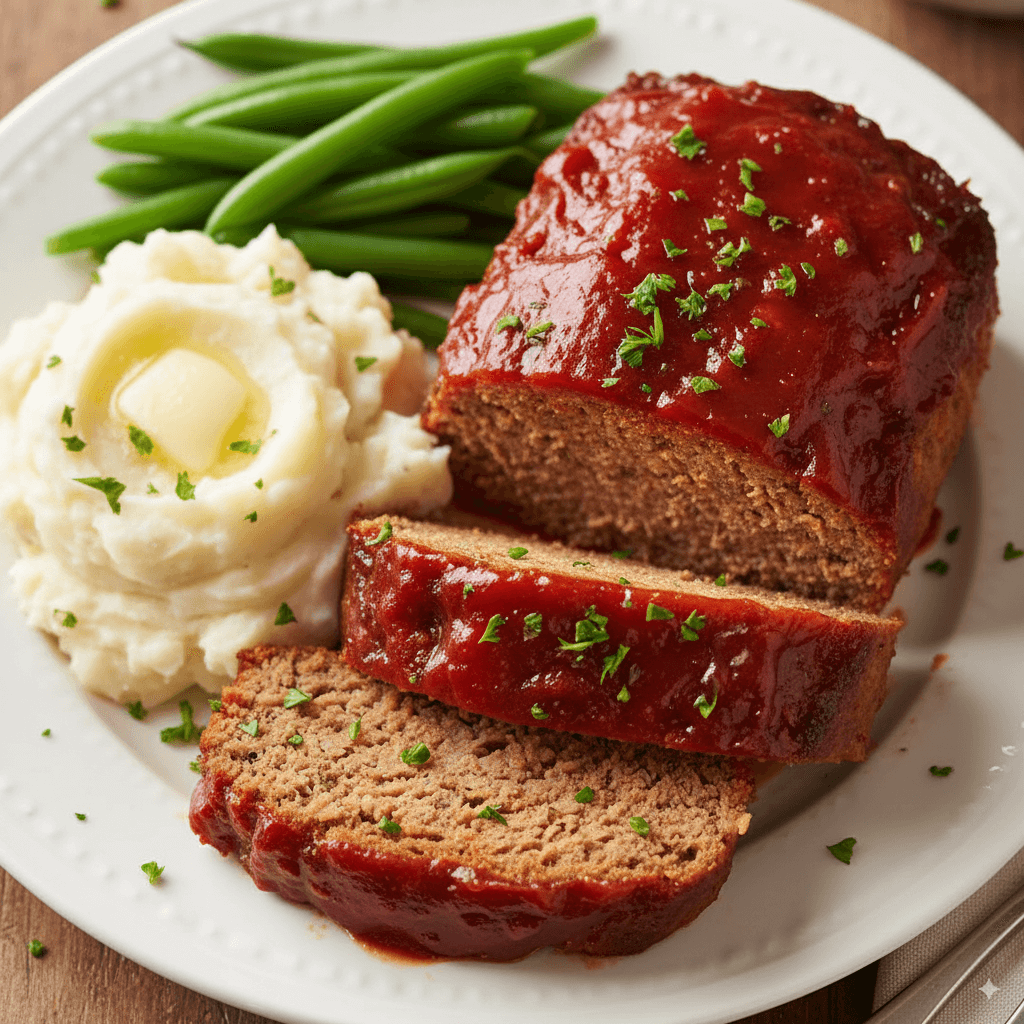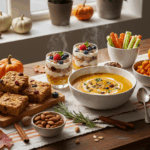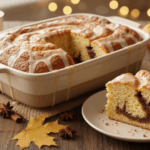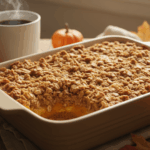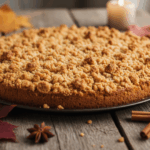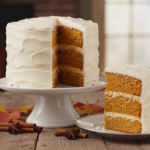Meatloaf is a classic dish that many families enjoy for its simplicity and comfort. It can be made in different ways, using a variety of ingredients to suit any taste or occasion. This article presents a selection of six meatloaf recipes that offer diverse flavors and easy preparation.
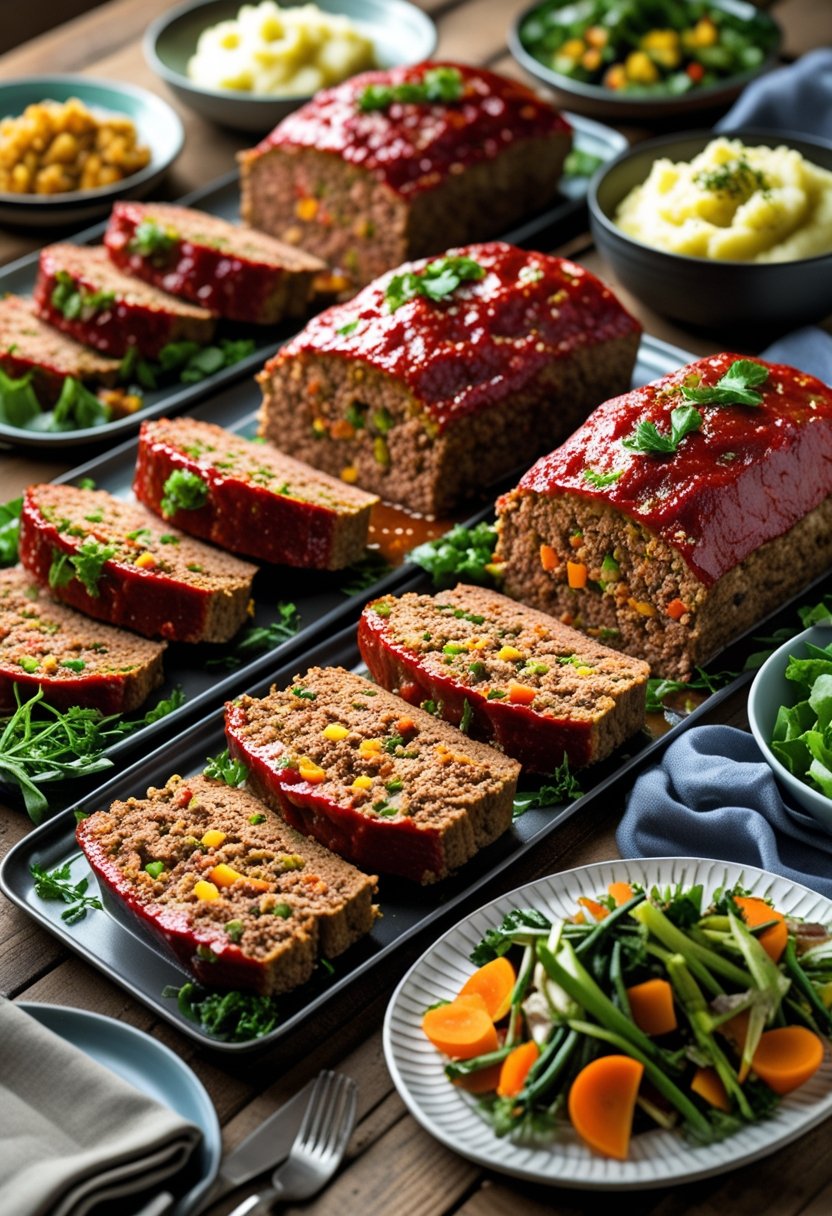
These recipes provide options for anyone looking to make a tasty and satisfying meatloaf, whether they prefer traditional or creative versions. Each recipe focuses on balancing flavor and texture, making meatloaf a reliable choice for weeknight dinners or special meals.
1) Classic Meatloaf with Ground Beef, Pork, and Veal
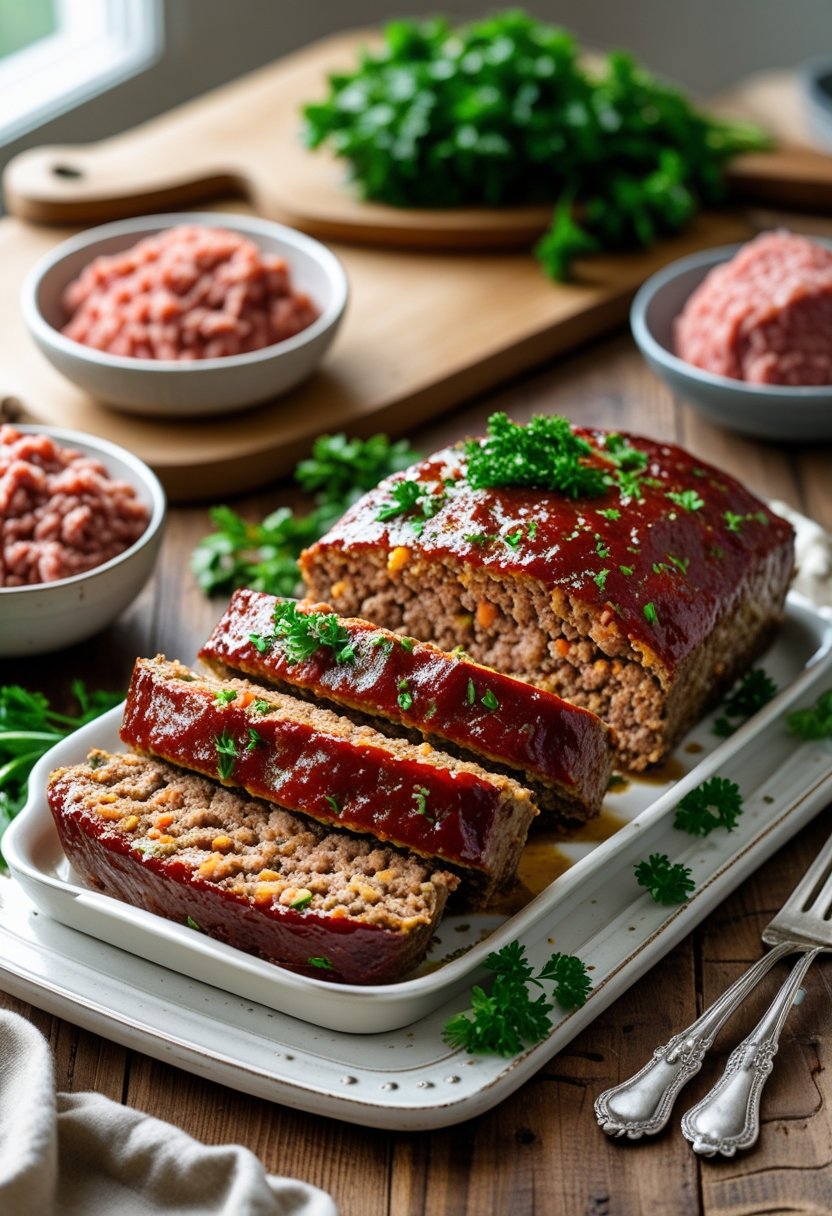
This classic meatloaf recipe uses a mix of ground beef, pork, and veal. Combining these three meats gives the meatloaf a balanced flavor and a tender texture.
Ground beef adds richness, while pork helps keep the meatloaf moist. Veal contributes a subtle, mild taste that rounds out the blend.
The mixture can be seasoned simply with salt, pepper, and basic spices. It is often combined with breadcrumbs and eggs to hold the loaf together.
This meatloaf can be shaped into a loaf and baked, sometimes topped with a glaze made from ketchup or tomato sauce. The glaze adds a bit of sweetness and helps keep the outside moist.
Using three types of meat is a traditional way to ensure the meatloaf is flavorful and not dry. It is a dependable recipe that works well for any meal.
2) Traditional Meatloaf with Onion, Ketchup, and Italian Seasoning
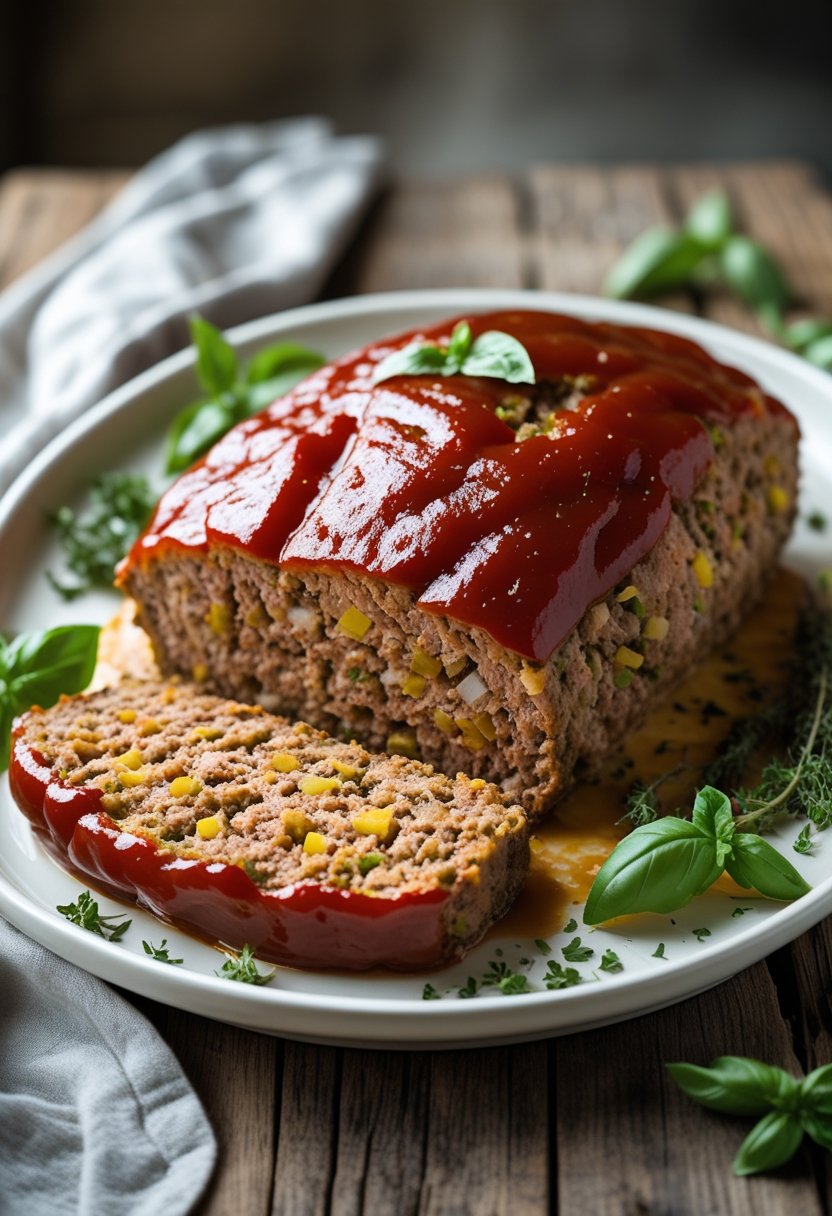
This traditional meatloaf combines ground beef with simple seasonings like onion powder, Italian seasoning, salt, and pepper. The mix usually includes eggs and breadcrumbs to help bind the ingredients and keep the loaf moist.
Ketchup plays an important role in this recipe. It is often mixed into the meat as well as spread on top as a glaze. The glaze adds a tangy sweetness that balances the savory flavors.
The seasoning blend of garlic powder, onion powder, and Italian herbs adds depth without overpowering the dish. Worcestershire sauce and mustard are sometimes included to boost the flavor.
The meatloaf is shaped in a loaf pan lined with parchment paper for easy removal. It bakes at 350°F until cooked through and tender.
This recipe is straightforward and uses common ingredients, making it suitable for a reliable, comfort food dinner. The balance of seasoning and ketchup glaze gives the meatloaf a classic taste many enjoy.
3) Paula Deen’s Meatloaf with Mustard and Brown Sugar Glaze
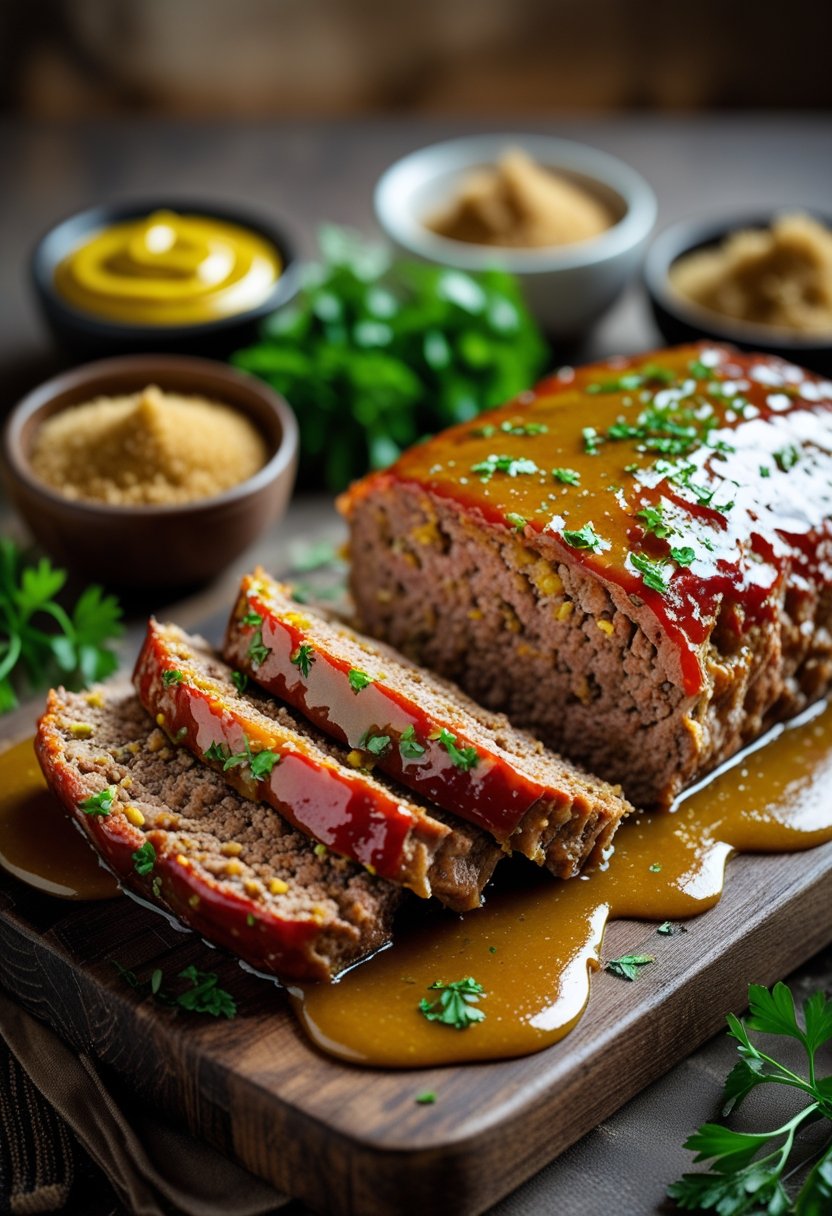
Paula Deen’s meatloaf is a classic recipe known for its simple ingredients and rich flavor. It uses a mix of ground beef combined with vegetables, seasonings, and oats to create a moist and tender loaf. The key to this recipe is the sweet and tangy glaze.
The glaze is made by mixing ketchup, brown sugar, and yellow or Dijon mustard. This topping is spread evenly over the meatloaf before baking. During cooking, the glaze caramelizes, adding a flavorful crust.
The meatloaf is baked at 375 °F for about an hour, or until firm and fully cooked. It is often made in a standard 9×5-inch loaf pan. This recipe is straightforward and popular for its familiar taste and easy preparation.
Some variations include using a blend of meats, such as beef, pork, or lamb, for different flavors. The glaze gives the meatloaf a balance of sweetness and tanginess that many find appealing.
4) Momma’s Meatloaf with Bread Crumbs and Worcestershire Glaze
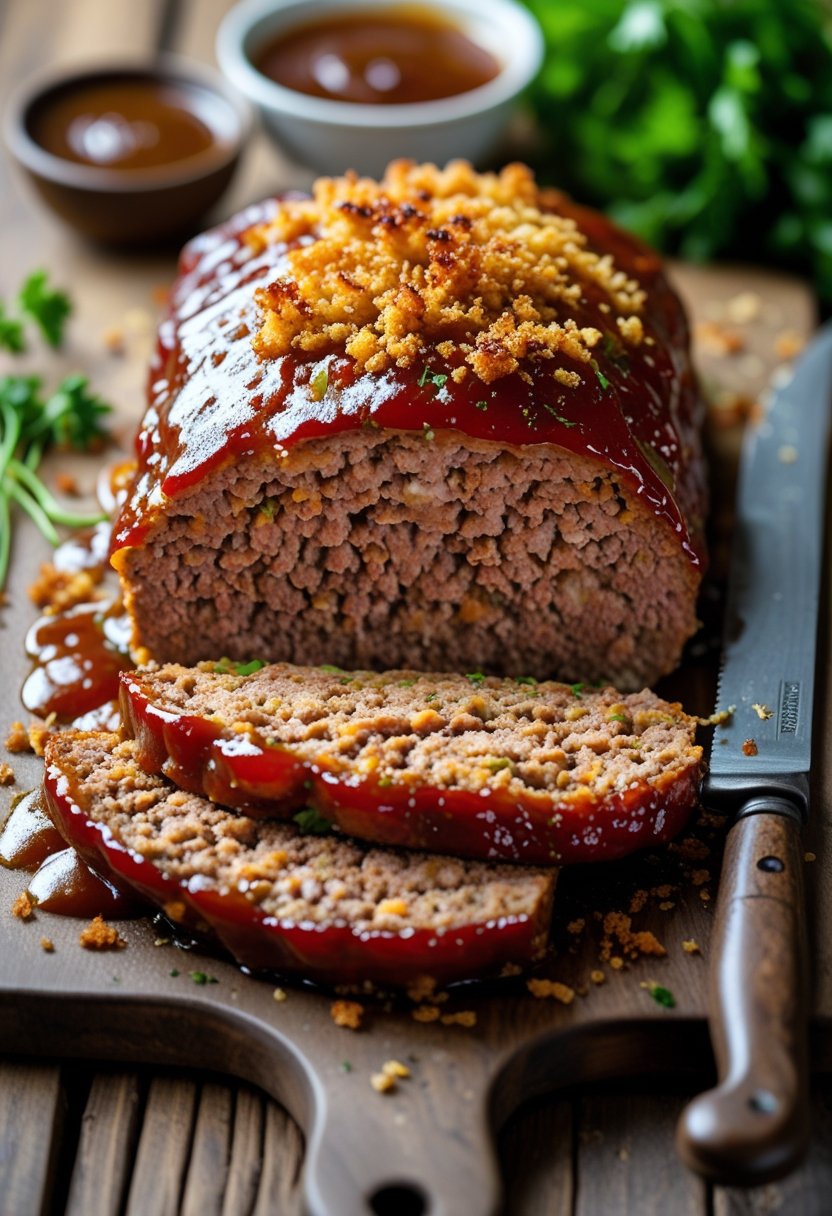
Momma’s Meatloaf is a classic recipe known for its simple ingredients and balanced flavors. It uses ground beef mixed with onion, bread crumbs, milk, and egg to create a moist and tender texture. Worcestershire sauce adds depth to the meat mixture, bringing a subtle tang.
The seasoning includes salt, basil, oregano, pepper, and red pepper flakes for a mild hint of spice. The mixture is formed into a loaf and baked in a greased pan at 350°F for about 45 minutes.
The glaze on top is made from ketchup, brown sugar, and Worcestershire sauce. This combination gives the meatloaf a slightly sweet and tangy finish that complements the savory base. The glaze is spread on the loaf before baking to create a glossy coating.
This version holds together well and does not dry out during cooking. It is straightforward to prepare, making it a reliable choice for a homestyle dinner.
5) Meatloaf with Sweet and Tangy Ketchup and Brown Sugar Glaze

This meatloaf recipe uses a glaze made from ketchup and brown sugar. The glaze adds a sweet and tangy flavor that balances well with the savory meat inside.
The brown sugar caramelizes as the meatloaf bakes, creating a sticky and flavorful topping. Ketchup brings sweetness and a mild tang, while some recipes add mustard or Worcestershire sauce for extra depth.
The glaze is usually spread on top before baking. Some cooks add a second layer halfway through cooking to make the flavor stronger and the texture richer.
This meatloaf is easy to prepare and popular for family dinners. It combines simple ingredients but delivers a satisfying, classic taste.
6) Juicy Meatloaf with Caramelized Onion and Beef Bouillon
This meatloaf recipe uses caramelized onions to add sweetness and depth. The slow cooking of onions brings out their natural sugars, which blend well with the savory beef.
Beef bouillon is added to keep the meatloaf moist and enhance its rich flavor. It helps lock in juices, preventing the meat from drying out during baking.
The dish is simple but flavorful. Seasonings like Worcestershire sauce or mustard can be included to add a subtle tang and umami without overpowering the onion and beef taste.
When baked, the meatloaf develops a golden crust while staying tender inside. This makes it a great option for a comforting weeknight meal or serving to guests.
Using good quality ground beef is important. It ensures the meatloaf has the right texture and flavor balance along with the onions and broth.
Choosing the Right Meat for Meatloaf
Selecting the right meat impacts the texture, flavor, and moisture of a meatloaf. The choice often comes down to the type of ground beef used, whether to blend different proteins, and the balance between lean and fatty cuts.
Ground Beef Varieties
Ground beef is the most common meat for meatloaf. Its flavor and fat content vary depending on the cut. Ground chuck, with about 80% lean meat and 20% fat, is ideal. It provides good moisture and flavor without being too greasy.
Ground sirloin is leaner, usually around 90% lean, which makes a drier meatloaf unless balanced with other ingredients. Ground round sits between chuck and sirloin in fat content and flavor. The choice of beef cut determines the juiciness and taste of the final dish.
Blending Proteins for Texture
Mixing different meats can improve the texture and flavor of meatloaf. Combining ground beef with pork adds extra moisture and tenderness. Some recipes also include veal for a milder taste and finer texture.
Turkey is another option for a leaner blend, though it can dry out the meatloaf if not balanced properly. Using a mix allows for a more complex flavor profile and a softer bite. Ratio recommendations often suggest about two parts beef to one part pork.
Lean vs. Fatty Meats
The fat content in meat greatly influences how moist and flavorful the meatloaf turns out. Too lean meat, like 93% lean ground beef, can result in a dry and crumbly loaf. Too much fat can cause the meatloaf to be greasy and heavy.
An 80/20 lean-to-fat ratio offers a solid middle ground, supporting moisture and flavor without excess fat. Fat helps bind the meat and keep it juicy during cooking. Adjusting this ratio depends on personal preference and dietary considerations but impacts texture significantly.
Tips for Moist and Flavorful Meatloaf
To make a meatloaf that stays moist and tastes rich, it’s important to focus on ingredients that hold moisture, proper seasoning to boost flavor, and cooking methods that keep juices inside. Each part plays a key role in the final result.
Binding Ingredients
Binding ingredients help hold the meat loaf together but also influence moisture. Common binders include eggs, breadcrumbs, and soaked crackers. Eggs provide structure, but too many can make the meatloaf dense.
Using breadcrumbs or crackers soaked in milk adds moisture and keeps the texture tender. The liquid softens the crumbs, which then lock in juices as the meatloaf cooks.
Some cooks add grated vegetables like onions or zucchini for extra moisture and flavor. Avoid over-mixing as it can make the meat tough. A gentle mix ensures the right texture.
Seasoning Essentials
Seasoning is key for flavor but should balance the meat without overpowering it. Salt and pepper are basic staples.
Onion and garlic powder add depth. Fresh herbs such as parsley or thyme can brighten the taste without being overwhelming.
Adding a splash of Worcestershire sauce or mustard enhances savoriness. A topping of ketchup, barbecue sauce, or tomato-based glaze adds tang and keeps the surface moist.
Season the meat mixture evenly to ensure every bite is flavorful.
Cooking Techniques
Cooking methods affect moisture and texture. Baking at a moderate temperature (around 350°F or 175°C) allows the meatloaf to cook through without drying out.
Covering the meatloaf loosely with foil during cooking traps steam and moisture inside.
Letting the meatloaf rest for 10-15 minutes after baking allows juices to redistribute. Slicing too early causes juices to run out.
Using a loaf pan or shaping the meatloaf by hand both work, but shaping by hand allows juices to escape less easily.
Internal temperature should reach 160°F (71°C) to be safe without overcooking.
Serving and Storing Meatloaf
Meatloaf is best enjoyed with well-chosen sides and careful handling after cooking. Proper storage preserves its flavor and texture, while smart reheating keeps it juicy. Both steps help maintain quality for later meals.
Creative Side Dishes
Meatloaf pairs well with simple but flavorful sides. Classic choices like mashed potatoes and steamed green beans add balance. Roasted vegetables, such as carrots or Brussels sprouts, offer a sweet, earthy contrast.
For a lighter touch, a fresh salad with vinaigrette works well. Macaroni and cheese or baked sweet potatoes provide more comfort food options. Seasoned rice or garlic bread also complements meatloaf’s savory profile.
Using a variety of textures and flavors improves the overall meal. Aim to combine something soft, something crunchy, and something tangy to round out the plate.
Proper Storage Methods
Once cooled, meatloaf should be stored promptly. Wrap leftovers tightly in plastic wrap or foil. Using airtight containers helps keep moisture in and prevents odors from spreading.
In the refrigerator, cooked meatloaf lasts about 2 to 3 days. For longer storage, freezing is recommended. Properly wrapped, frozen meatloaf can be kept up to six months without significant loss of flavor or texture.
When freezing, slice the meatloaf first to allow easy portioning. Place slices between layers of parchment or wax paper inside the container to prevent sticking.
Reheating Without Drying Out
Reheating meatloaf requires care to keep it moist. The oven is the preferred method; wrap the meatloaf in foil and heat at 325°F (163°C) until warmed through.
Microwaves work quickly but can dry out meatloaf. Cover the slices with a damp paper towel to maintain moisture. Heat in short intervals, checking frequently.
Adding a small splash of broth or tomato sauce before reheating also helps retain juiciness. Avoid overcooking to prevent dryness and tough texture.
Frequently Asked Questions
Meatloaf can be adapted in many ways to suit different tastes and occasions. Using varied ingredients, seasonings, and cooking methods can improve flavor and texture. Small changes in binders or glazes often make a big difference in the end result.
What are some unique twists to traditional meatloaf recipes?
Adding unexpected ingredients like grated vegetables, cheese, or different herbs can change the flavor. Using a mix of meats beyond beef, such as pork and veal, adds depth. Glazes with mustard, brown sugar, or unique sauces give the meatloaf a fresh finish.
How can I make a classic meatloaf recipe taste even better?
Incorporate onions and Italian seasoning for added aroma and flavor. Use a combination of ketchup and brown sugar for a sweet and tangy glaze. Cooking meatloaf slowly helps develop rich flavors and a tender texture.
What are the secrets to making the best-ever meatloaf?
The right balance of binders, like milk-soaked breadcrumbs and eggs, holds the meat together. Using a mix of ground meats improves the texture and taste. Monitoring cooking temperature avoids dryness, keeping the meatloaf juicy.
Can you provide an Italian meatloaf recipe that stands out?
Start with ground beef, pork, and veal for a rich foundation. Add Italian seasoning and finely chopped onions to the mix. Top with a glaze made of ketchup combined with a touch of Worcestershire sauce to add tang.
What ingredients can I use to create a different meatloaf flavor profile?
Swap breadcrumbs for oats, cracker crumbs, or even cooked rice. Use various herbs like thyme, rosemary, or parsley. Mix in mustard or Worcestershire sauce in the glaze for an extra punch.
How do I ensure my meatloaf is moist and flavorful every time?
Use a combination of meats with different fat levels, such as 75% beef and 25% pork. Add binders like eggs and milk-soaked breadcrumbs to keep it together and retain moisture. Avoid overcooking by checking internal temperature early.
